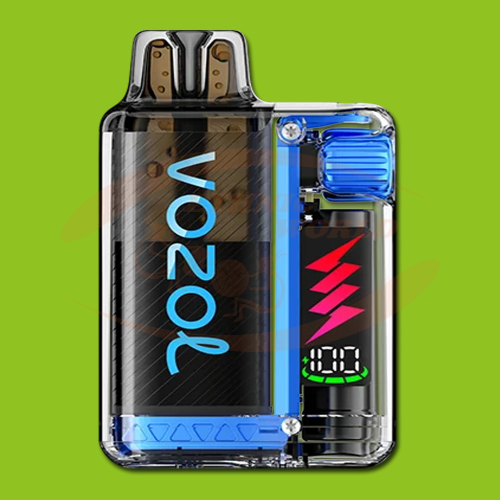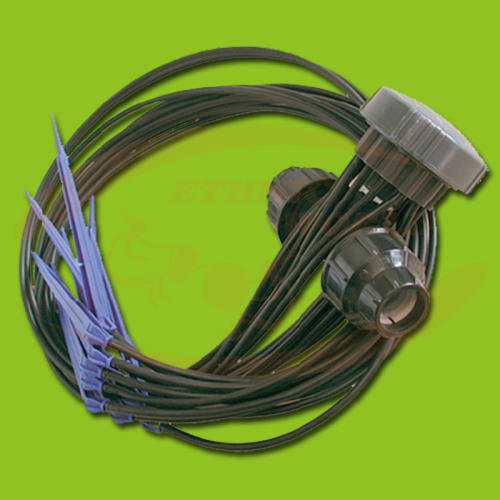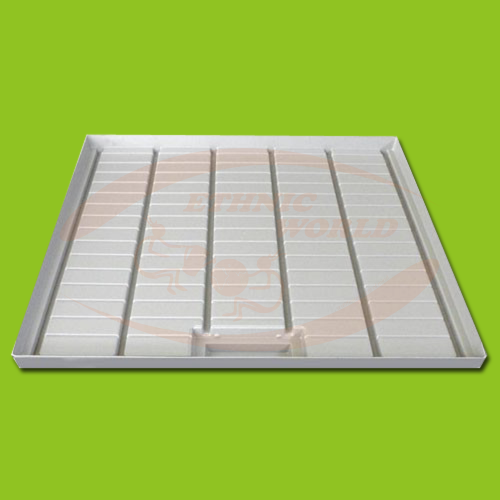
This article covers everything you need to know about running an automatic watering system for indoor cannabis. We'll explain which type of automatic watering system is best for fertigation (adding fertiliser to the irrigation water). We'll also explain how to ensure proper water distribution with automatic watering to avoid nutrient burn. Bacterial infections are a common problem with automatic irrigation systems. We will explain how to prevent bacteria in hydroponic tanks by managing temperature, oxygenation, the use of antibacterial products such as hydrogen peroxide and products for beneficial bacteria. We will give specific advice on filling and cleaning the tank. Finally, we'll explain how to control the amount of water and the frequency and timing of watering.
Guide to automatic watering for indoor cultivation
Installing an automatic watering system is an excellent idea to help you fertilise as effectively as possible.
The best automatic watering system for cannabis fertilisation
There are several types of automatic watering system for indoor growing plants. Generally speaking, they can be grouped into three types:
- Top feeding,
- Bottom feed and
- Wick.
In addition, systems can be configured for recirculation (closed systems) or "drain to waste" (open systems). It is important to know how you irrigate or fertilise your plants in order to choose the right automatic watering system for your crop
Top, bottom or wick irrigation system?
If you fertilise your plants (by adding nutrients to the irrigation water), most systems sold for indoor plants will not work for your indoor crop. Systems that work by capillary action, such as Blumats, cannot be used with anything other than ordinary water. They are designed to keep the medium moist and cannot produce run-off. If you add a nutrient solution to Blumats, it will burn your plants and clog up your Blumats! Wick irrigation systems do not allow fertigation.
For automatic fertigation, you need to use a top or bottom feed system. With a bottom-fed system, the containers are flooded from below and the water is distributed through the substrate mainly by capillary pressure. Since bottom-feeding relies on capilarity, water distribution is often not optimal. What's more, as the water does not flow through the substrate, salts can accumulate and lead to nutrient burn-off.
Using top-irrigation systems to fertilise indoor crops
Top-irrigation systems are best for fertilizing cannabis. In a top-fed system, water is added at the top and is distributed throughout the medium mainly by gravity. This is most similar to the way you water your plants by hand. You can control the amount applied and produce run-off during each fertigation episode. The run-off removes excess salts and helps prevent nutrient burn. During each fertigation, around 20% of the water you apply should run off through the container and into the run-off water. This is only possible with a top-irrigation system. Because of the advantages of run-off, top-irrigation systems are recommended for fertigating cannabis in soil, coco or other hydroponic media.
Top-fed drip system. Automatic top watering for indoor cannabis
In a recirculation system (closed system), the water is sent to the plants several times. In contrast, a wastewater system (open system) uses the water only once and any run-off is disposed of as wastewater instead of being reused for growing. This system may seem expensive, but it has a number of advantages, particularly in media such as coco or soil.
Recirculation or drainage?
Draining" fertigation provides a more consistent nutrient solution for plants. As described in another tutorial "How to mix cannabis nutrients", there are several dimensions to a well-balanced nutrient solution. It must have the right electrical conductivity (EC), the right nutrient ratio (NER) and the right pH. We can adjust each of these parameters ideally when we mix fresh nutrients. However, as the nutrient solution interacts with the plant, the medium and the environment, the EC, NER and pH change. This means that once used, the solution is no longer ideal. Recirculation systems work well with deep water culture. With a recirculating deep water system, there is no medium other than the water itself and the system is largely sealed to prevent evaporation except through the plant. The nutrient solution will always change over time, but these changes can be managed.
Your Ethnic World SA team will be happy to answer any questions you may have about indoor growing! Our internet users looking for information on irrigation systems often look for complete growing kit solutions << one click to see !





















